
 Podcasts
PodcastsCatch the latest PR news & updates with PRovoke Media's PR Podcasts. Lifting the lid on key industry stories & trends, join our listeners of PR podcasts today.
 Videos
VideosLatest video interviews and campaigns from PRovoke Media, previously known as the Holmes Report.
Long-form journalism that analyzes the issues, challenges and opportunities facing the business and practice of PR.
 Profiles & Interviews
Profiles & InterviewsExplore PR profiles and interviews with leaders from the marketing and PR worlds.
 Crisis Review
Crisis ReviewPR Crisis & Business Crisis review. PRovoke Media's annual analysis of the top reputation crises to rock the corporate sector. Read on here.
 Coronavirus
CoronavirusPRovoke Media's coverage of the Covid-19 crisis, focusing on corporate communication, public affairs & PR industry fallout.
 Trend Forecasts
Trend ForecastsPRovoke Media's PR Trends round up. PRovoke Media's annual forecast of PR trends and news that will impact the PR world in the year ahead...
 Social & Digital
Social & DigitalDedicated to exploring the new frontiers of PR as it dives deeper into social media, content and analytics.
 Technology
TechnologyOur coverage of key technology PR trends and challenges from around the world of digital communications.
 Consumer
ConsumerFrom brand marketing to conscious consumerism, coverage of key marketing and PR trends worldwide.
 Employee Engagement
Employee EngagementPRovoke Media's coverage, analysis and news around the rapidly-shifting area of employee engagement and internal communications.
 Sports Marketing
Sports Marketing Sports PR news, diversity & inclusion trends, views and analysis from PRovoke Media. Subscribe today for the very latest in the world of sports communications.
 Global PR Agency Rankings
Global PR Agency RankingsPRovoke Media's definitive global benchmark of global PR agency size and growth.
Enter PRovoke Media's 2024 Global 250 Agency Ranking and/or our Agencies of the Year competitions now.
 Agencies of the Year
Agencies of the YearPRovoke Media's annual selections for PR Agencies of the Year, across all of the world's major markets.
 Innovator 25
Innovator 25PRovoke Media profiles marcomms innovators from across North America, EMEA and Asia-Pac.
 Creativity in PR
Creativity in PRIn-depth annual research into the PR industry's efforts to raise creative standards.
 Asia-Pacific Communication Index
Asia-Pacific Communication IndexAPACD/Ruder Finn annual study of Asia-Pacific in-house communications professionals.
 SABRE Awards
SABRE AwardsThe world's biggest PR awards programme, dedicated to benchmarking the best PR work from across the globe.
 PRovokeSummit Global
PRovokeSummit GlobalThe biggest PR conference of the year, a high-level forum designed to address the critical issues that matter most.
 PRovoke Media Regional Series
PRovoke Media Regional SeriesA global network of conferences that explore the innovation and disruption that is redefining public relations.
 Agencies of the Year
Agencies of the YearUnrivalled insight into the world's best PR agencies, across specialist and geographic categories.
 Roundtables
RoundtablesOur Roundtables bring together in-house comms leaders with PR firms to examine the future of communications.
 Agency Playbook
Agency PlaybookThe PR industry’s most comprehensive listing of firms from every region and specialty
.jpg) All Jobs
All JobsFind the latest global PR and communications jobs from PRovoke Media. From internships to account executives or directors. See all our PR jobs here.
PRovoke Media's editorial series published in collaboration with partners.
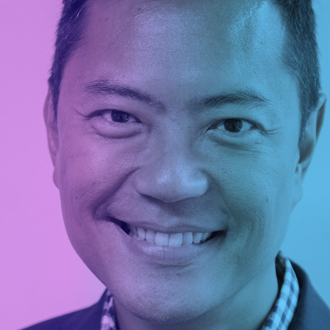 The Innovator 25:
The Innovator 25:
How do you define innovation?
Innovators build on other people’s ideas to discover surprising, sometimes disruptive ways to do things. Innovation isn’t always original; we all stand on the shoulders of giants. In our industry we place too much emphasis on being original, but there is no shame in deriving, if you always add something incrementally new. Facebook wasn’t the first social network, Tesla wasn’t the first electric car, they just did it better.
I don’t always strive to invent groundbreaking new ways to tell stories, but I will labor to generate original story ideas on platforms invented by others. For example, our immersive storytelling business (VR and 360 video) is booming, but we are not the first agency to use VR to build a brand or anchor a campaign. Market research has been around since advertisers built the first media plan, but we’re creating new predictive analytics products that help brands figure out how consumers connect to them, sometimes before consumers know. AR is poised to take off, we’re developing messaging bots, but I couldn’t tell you what will pique our interest in 12 months. That’s the joy of living in these messy, chaotic times.
What brands and/or agencies are most innovative when it comes to marketing/PR?
In Asia we still tend to be timid and traditional, so many clients and agencies try not to rock the boat. We’ve had many campaign ideas shot down because the client “will never understand it,” “it’s too risky,” or “no one’s done it before.” To be fair, being willing to step out and risk looking like idiots in front of your peers is daunting, but then we also don’t see many Asians taking home Cannes Lions.
For example, KFC’s fried chicken-flavored nail polish was a risky idea that in the end missed the mark, but I applaud the agency for taking the idea to the client, and more importantly, the client for letting them run with it. We’re entering a post-advertising world, and many of my peers say PR is already dead (at least the concept of PR that we grew up with), so finding interesting ways to create and amplify engaging content while respecting ethical boundaries is the holy grail.
Describe a moment in your career that you would consider ‘innovative.’
I don’t have a grand innovative moment. If I can occasionally delight and surprise, it will be worth it. For example, in parts of Asia it is customary to send mooncakes to clients during Mid-Autumn Festival. One year, instead of gifting sugar and cholesterol bombs to our clients, we sent them a picture card of a mooncake smashed into a million pieces, with the message that we would make a donation to Youth Diabetes Action on their behalf. It was tongue-in-cheek, it was heretical (if you are Asian), but we loved it.
In what area of marketing/PR do you see the most innovation?
Content & creative.
How would you describe the communications/PR industry’s level of innovation?
Where do you see the greatest opportunity for marketing & PR to become more innovative?
Content & creative.
Who most influences how innovative a brand’s marketing/PR is?
CMO
Who is your mentor and why?
Anyone who is not afraid to be different.
How do you find inspiration?
I love case studies. I like examining the successes and fails of my peers so I can learn from them. Courage and foolishness inspire me.
Advice for people seeking to bring new ideas, ways of doing things to their organizations?
First, go work for an organization with leadership that welcomes change. Make sure they give you permission to fail. If you’re stuck in a team where you have to justify your ideas, persevere. Pick your battles, achieve easy wins early to build political capital. Begin with a smaller number of risky ideas, then gradually increase dosage. Selling an idea is a process. Take the time to lay the groundwork, underestimate your audience’s intelligence, and overcompensate with visuals and data. No data? That’s where political capital comes in, because sometimes the best ideas demand a leap of faith.
In your opinion, what’s the most innovative place in the world?
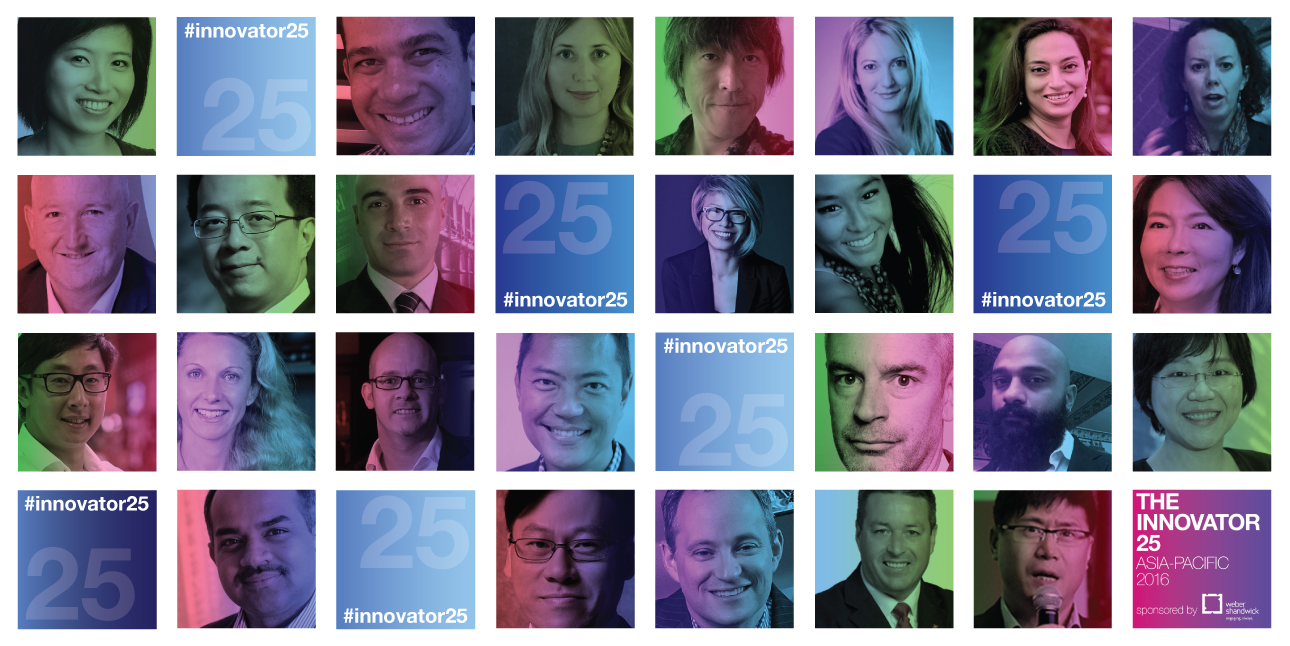
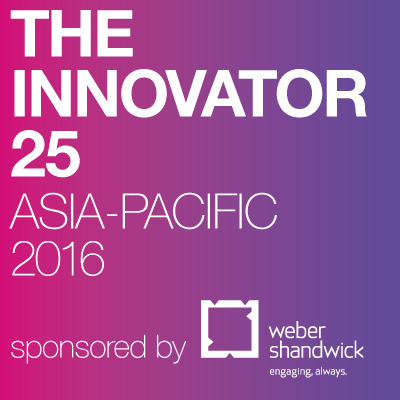


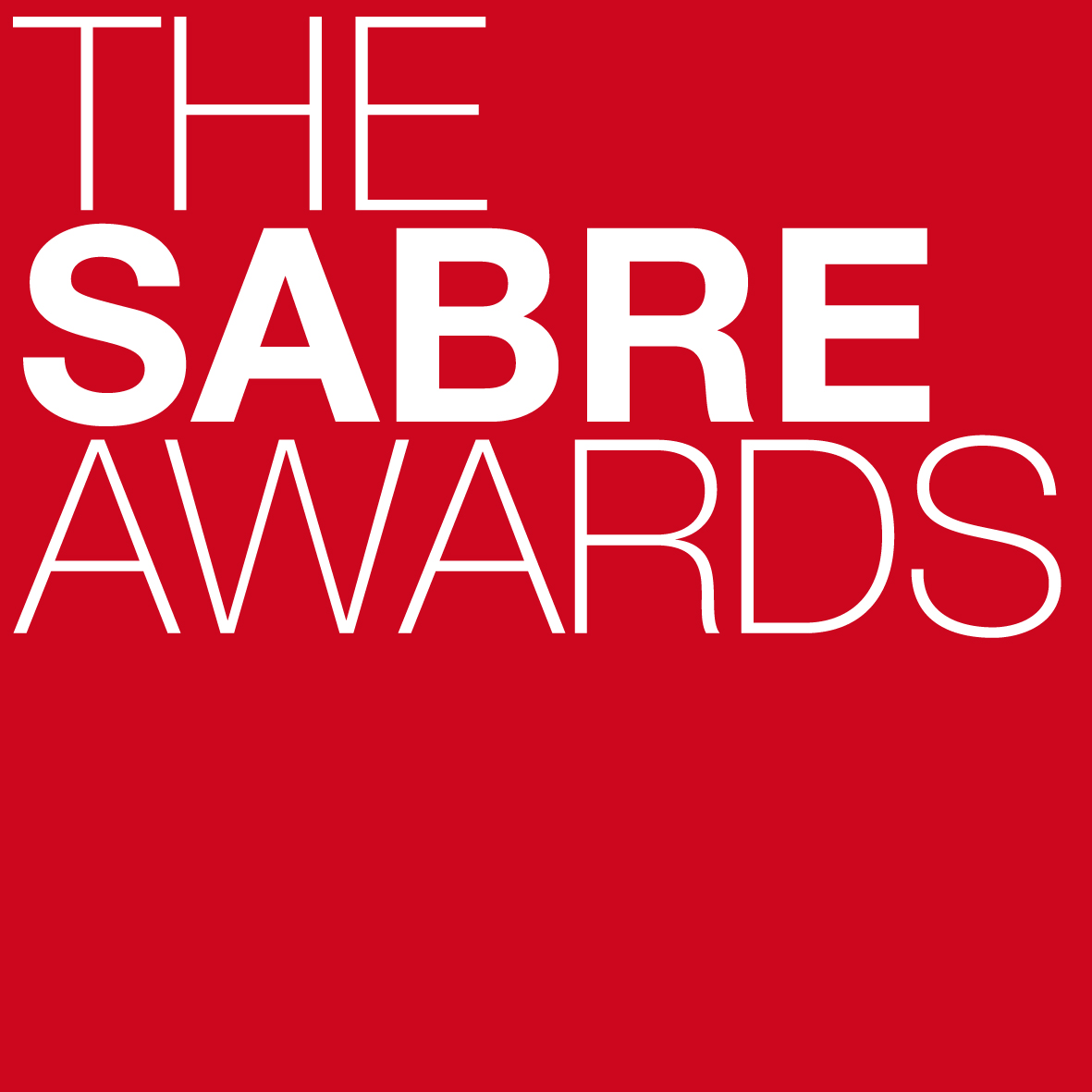
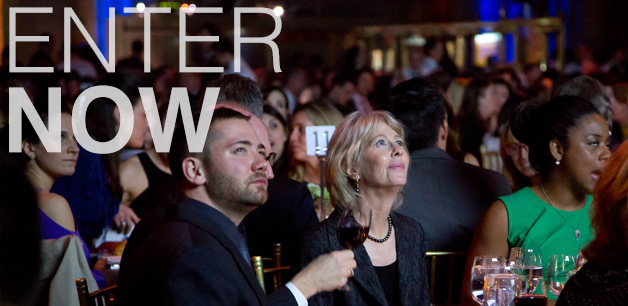

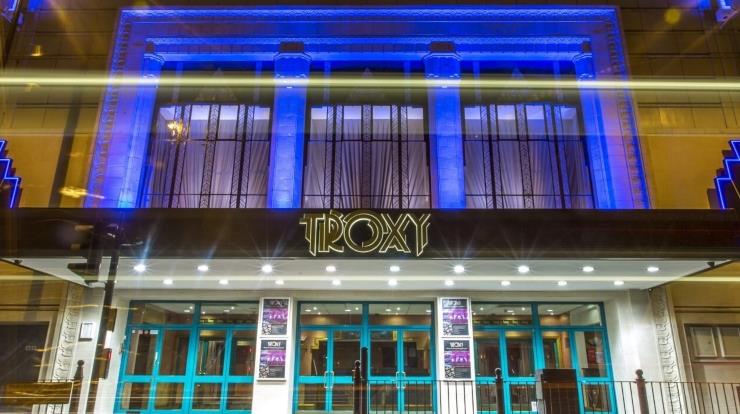

Intelligence and insight from across the PR world.
About PRovoke Media Contact Us Privacy & Cookie PolicyWe feel that the views of the reader are as important as the views of the writer. Please contact us at [email protected]
Signup For Our Newsletter Media Kits/Editorial Calendar Jobs Postings A-Z News Sitemap© Holmes Report LLC 2024